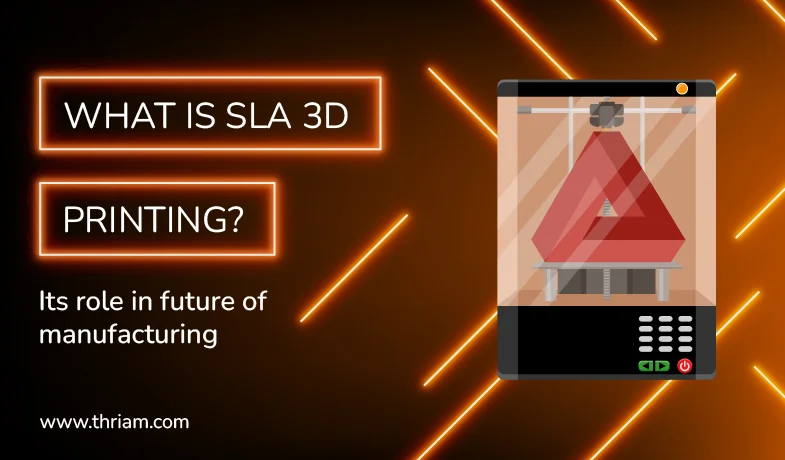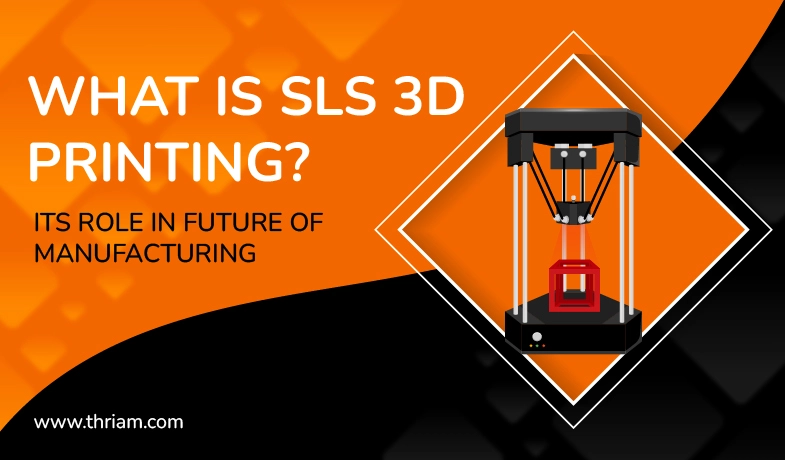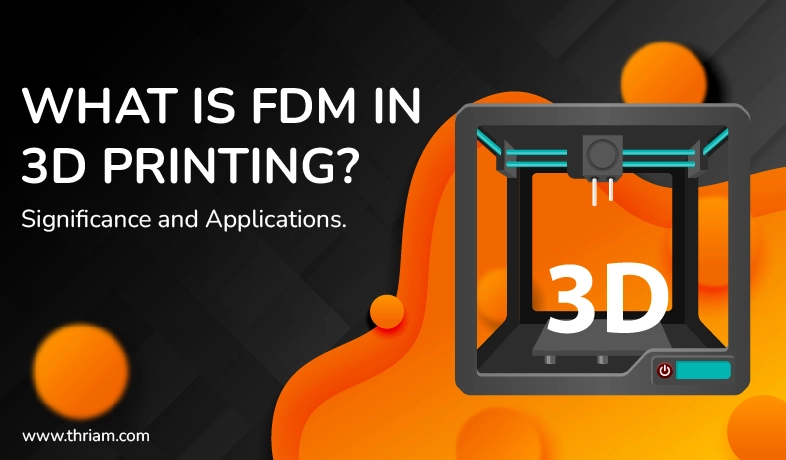The Game-Changing Role of 3D Printing in Prototyping: Revolutionizing Innovation
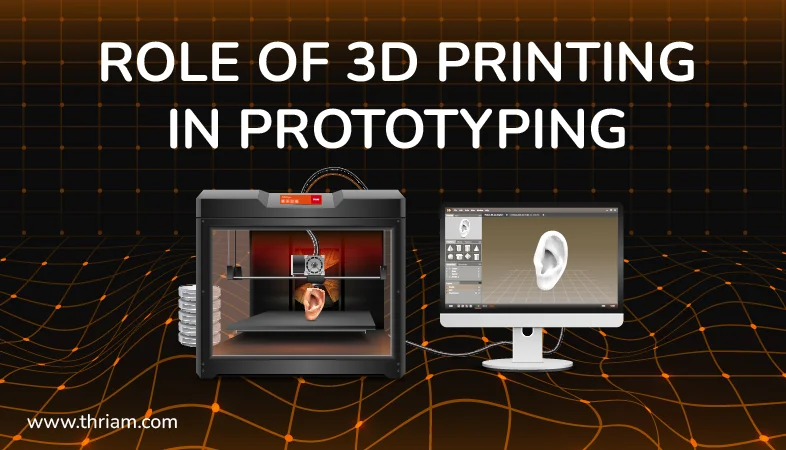
Introducing the Concept of 3D Printing
Are you ready to witness the future of manufacturing? Enter the world of 3D printing, a game-changing technology that has revolutionized the way we design and create. This innovative process is reshaping industries and unlocking new levels of creativity and efficiency.
So, what exactly is 3D printing? At its core, 3D printing is a manufacturing technique that transforms digital designs into physical objects, layer by layer. Unlike traditional manufacturing methods that involve subtracting or molding materials, 3D printing adds layers upon layers of material to create a solid object. It's like building block by block, using a computer-controlled printer.
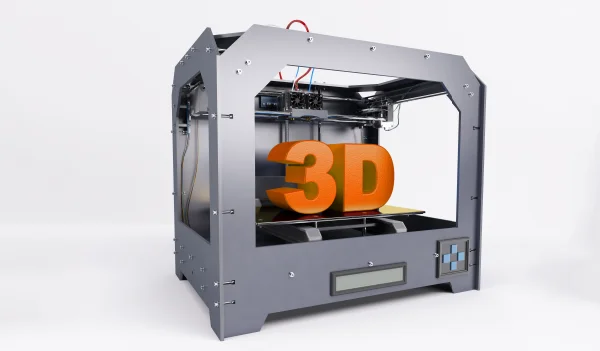
The concept of 3D printing may sound futuristic, but it has been around for several decades. In fact, the first 3D printer was invented back in the 1980s. However, it is only in recent years that this technology has gained significant attention and widespread adoption.
One of the key advantages of 3D printing is its versatility. It can work with various materials, including plastics, metals, and even biomaterials. This flexibility opens the door for countless applications across multiple industries. From rapid prototyping in product development to creating personalized medical implants, the possibilities are endless.
Another compelling aspect of 3D printing is its efficiency. Traditional manufacturing processes often involve long lead times and high costs. In contrast, 3D printing allows for faster production cycles and reduced waste. With traditional methods, creating complex or customized designs can be time-consuming and expensive. 3D printing eliminates these constraints, enabling the production of intricate designs and one-of-a-kind pieces without breaking the bank.
The impact of 3D printing reaches far beyond cost savings and efficiency gains. It promotes innovation and exploration of uncharted territories. This technology empowers individuals and businesses alike to unleash their creativity, bringing ideas to life more easily than ever before. From artists and designers to engineers and entrepreneurs, 3D printing presents an opportunity to push boundaries and challenge the status quo.
As with any emerging technology, there are challenges to overcome. 3D printing still faces limitations in terms of scale, speed, and material options. However, ongoing research and development efforts are continuously pushing the boundaries of what is possible.
The future of 3D printing holds even greater promise. As technology advances, we can expect faster printers, expanded material options, and larger-scale capabilities. This will unleash the potential for even more ambitious projects and applications.
An Overview of 3D Printing Technologies: From FDM to Binder Jetting
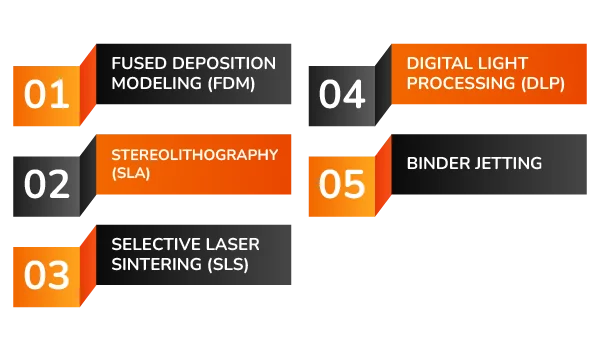
1. Fused Deposition Modeling (FDM)
FDM is one of the most popular 3D printing technologies, widely used for rapid prototyping and producing end-use parts. It works by melting a thermoplastic filament and depositing it layer by layer to create the final object. FDM 3D printers are affordable and easy to use, and can produce objects in various materials like PLA, ABS, and Nylon.
2. Stereolithography (SLA)
SLA uses liquid photopolymer resin cured by a UV laser to create highly detailed and intricate objects. The printer exposes the resin to the laser, solidifying it layer by layer until the desired object is completed. SLA 3D printers produce high-resolution models ideal for industries like jewelry, dentistry, and engineering.
3. Selective Laser Sintering (SLS)
SLS is a versatile 3D printing technology that uses a high-powered laser to release energy onto powdered materials, allowing them to fuse together and form layers. This method can produce complex geometries and functional prototypes using various materials like plastics and metals.
4. Digital Light Processing (DLP)
DLP is similar to SLA, except it uses a digital light projector to cure the liquid photopolymer resin. The projector shines UV light on the entire layer at once, allowing for faster print times compared to other methods. DLP 3D printers are capable of producing highly accurate and detailed models, making them ideal for dental models, figurines, and other small objects.
5. Binder Jetting
Binder Jetting involves spraying a liquid binding agent onto a powdered material, layer by layer, temporarily binding them together to create a solid object. This technique is often used in the production of full-color models and sand casting molds and offers fast printing speeds and the potential for printing large-sized objects.
What is prototyping?
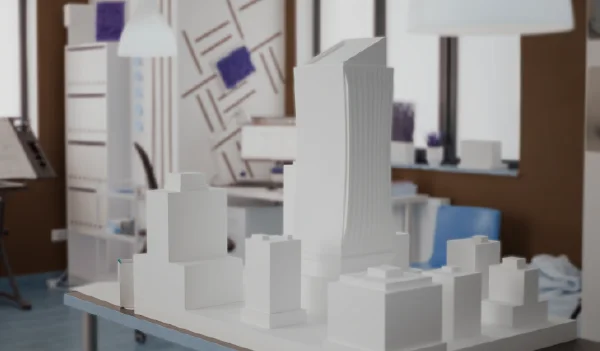
Prototyping is an essential process in product development that involves creating a physical model of a product before production to test its functionality, design, and features. It's a critical step in the product development process that allows designers and engineers to evaluate a product's feasibility, usability, and performance, providing a realistic representation of the final product.
Prototyping involves creating a scaled-down version of the final product that can be tested and modified to ensure that it meets customer requirements and expectations. These prototypes can be made from various materials, including clay, foam, wood, or plastic, depending on the product's requirements.
The Importance of Prototyping in Product Development
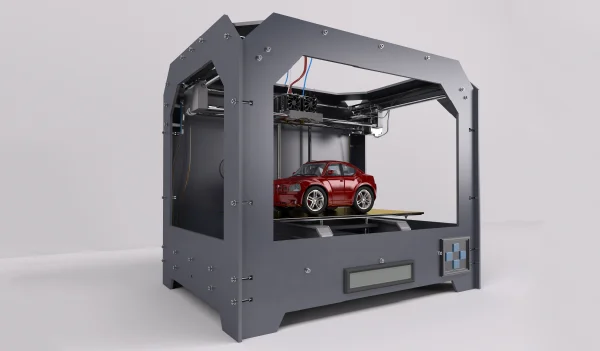
Prototyping plays a crucial role in product development for several reasons.
Firstly, it allows for accurate evaluation of the product's design and functionality under real-world conditions. This enables designers and engineers to identify and address any defects or issues that may arise before the product is released into the market. This ultimately leads to better product quality and increased customer satisfaction.
Secondly, prototyping facilitates effective communication between designers, engineers, and stakeholders involved in product development. The physical prototype gives everyone involved in the process a clear understanding of the product's design, features, and usability, leading to better collaboration and more effective decision-making.
Thirdly, prototyping helps to reduce development costs and minimize the risk of failure. Identifying issues and defects during the prototyping stage is cheaper and easier than rectifying them later when production has already begun. It also allows for modifications to be made earlier in the development process, reducing the risk of the product failing in the market.
How 3D Printing is Revolutionizing the Way Prototyping is Done
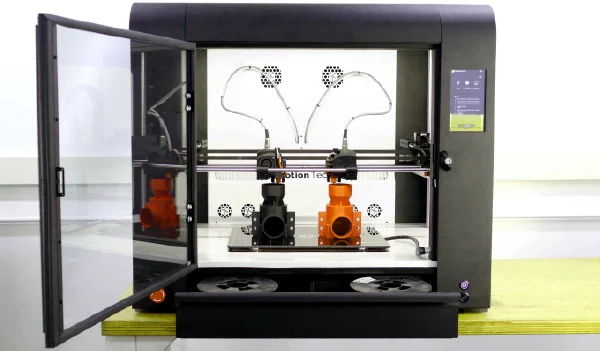
The world of product prototyping has undergone significant changes over the years, with 3D printing being one of the most significant developments in recent times. 3D printing is a process that involves creating solid, three-dimensional objects from a digital file using additive manufacturing techniques.
3D printing has revolutionized the way prototyping is done by enabling designers and engineers to create physical models of products quickly and efficiently. One of the main advantages of 3D printing is its speed. In traditional prototyping methods, creating a physical model of a product typically takes days or even weeks. With 3D printing, designers and engineers can create a physical model of a product within hours, significantly reducing the time required for the prototyping process.
Another significant advantage of 3D printing is its cost-effectiveness. Traditional prototyping methods can be expensive due to the need for specialized tools, materials, and skilled labor. 3D printing can be done using low-cost materials, and the process is relatively simple, making it an affordable option for creating prototypes.
3D printing also allows for greater design flexibility, enabling designers and engineers to modify and test different designs quickly and easily. In the past, creating a new version of a prototype would have required starting the prototyping process from scratch. With 3D printing, designers and engineers can make modifications to the CAD model and then print a new version of the product quickly.
The combination of speed, cost-effectiveness, and design flexibility has made 3D printing an increasingly popular option for product prototyping. 3D printing has found applications in various industries, including automotive, aerospace, medical, and consumer products.
The Advantages of 3D Printing in Prototyping
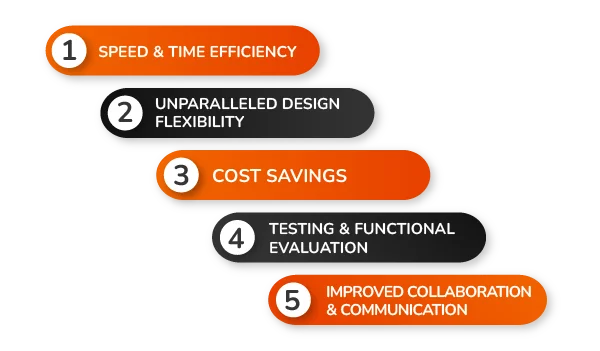
3D printing technology has revolutionized the field of prototyping, offering numerous advantages that have transformed the way products are developed and tested. From rapid iteration to cost savings, the benefits of 3D printing in prototyping are vast and impactful.
1. Speed and Time Efficiency
One of the key advantages of 3D printing in prototyping is its speed and time efficiency. Traditional prototyping methods can be time-consuming, often requiring manual labor, complex tooling, and multiple iterations. With 3D printing, designers can quickly turn their digital designs into physical objects, significantly reducing the overall time required for the prototyping process. This allows for rapid iteration and faster product development cycles, ensuring that ideas can be tested and refined more efficiently.
2. Unparalleled Design Flexibility
3D printing offers unparalleled design flexibility, allowing for the creation of complex and intricate shapes that would be challenging or impossible to achieve using traditional manufacturing methods. Traditional prototyping may involve multiple molds or tooling, limiting the designer's ability to experiment with unique geometries. 3D printing eliminates these limitations by allowing designers to create intricate designs directly from digital models, unlocking a new level of creative freedom in the prototyping process.
3. Cost Savings
While 3D printers and materials may have an upfront cost, 3D printing can result in significant cost savings in the long run. Traditional prototyping methods often require extensive tooling, molds, and specialized manufacturing processes, which can be expensive, especially for small production runs or one-off prototypes. 3D printing eliminates the need for expensive tooling and allows for on-demand prototyping, reducing waste and minimizing costs.
4. Testing and Functional Evaluation
3D printing enables designers and engineers to create functional prototypes that closely mimic the performance and characteristics of the final product. This allows for thorough testing and evaluation of the design and functionality, identifying potential issues or improvements before investing in large-scale production. Functional prototypes created through 3D printing allow for more accurate and reliable assessments, leading to higher-quality designs and minimizing post-production surprises.
5. Improved Collaboration and Communication
3D printing facilitates improved collaboration and communication among multidisciplinary teams throughout the prototyping process. Physical prototypes can be easily shared, examined, and evaluated by stakeholders, enabling effective feedback and decision-making. This collaborative environment enhances communication among designers, engineers, and clients, minimizing errors and ensuring that everyone involved is aligned on the vision and requirements of the product.
The Future of 3D Printing in Prototyping
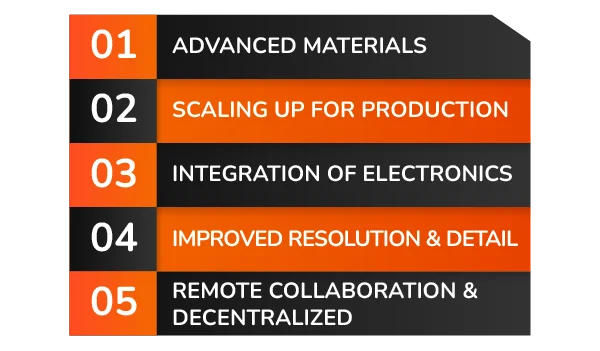
1. Advanced Materials
3D printing mainly relies on plastics and resins as the primary materials for prototyping. However, the future of 3D printing will see a wider range of materials being used, including metals, ceramics, and even biological materials. This advancement in material options will enable more realistic and functional prototypes, opening doors to new possibilities in various industries. Imagine printing prototypes with metal alloys for aerospace components or printing medical implants with biocompatible materials for customized patient care.
2. Scaling up for Production
While 3D printing has been predominantly used for prototyping, its future lies in scaling up for production. As the technology evolves, 3D printers will become faster, more efficient, and capable of producing higher volumes. This transition from prototyping to production will disrupt traditional manufacturing processes, reducing the need for extensive tooling and reducing waste. Manufacturers will be able to produce complex products on-demand, allowing for greater customization and shorter lead times.
3. Integration of Electronics
The fusion of 3D printing with electronics will be a game-changer in the future of prototyping. Researchers are already working on developing conductive and even functional electronic materials compatible with 3D printers. This will make it possible to integrate electronic components and circuitry directly into 3D-printed prototypes. The ability to print functional electronics alongside the mechanical components will lead to significant advancements in the development of IoT devices, wearables, and smart products.
4. Improved Resolution and Detail
As technology progresses, 3D printers will achieve finer resolutions and greater detail in the prototypes they produce. This will result in more realistic models, allowing designers to evaluate intricate features and surface textures with higher precision. Greater resolution also means smoother finishes, reducing the need for extensive post-processing and finishing work. The improved resolution will enable designers to create prototypes that accurately mimic the aesthetics and functionality of the final product.
5. Remote Collaboration and Decentralized
Manufacturing: The future of 3D printing in prototyping will promote remote collaboration and decentralized manufacturing processes. With the advancement of design software and cloud-based technologies, designers from different geographic locations can collaborate in real-time on the same prototype, regardless of their physical distance. Additionally, 3D printing allows for localized production, eliminating the need for global supply chains and reducing transportation costs. This shift towards decentralized manufacturing will lead to reduced carbon footprint and more sustainable production methods.
Conclusion
3D printing has revolutionized prototyping by providing speed, design flexibility, cost savings, accurate functional evaluation, and improved collaboration. As this technology continues to advance, we can expect 3D printing to reshape the landscape of product development, leading to innovative and optimized designs, shorter lead times, and more sustainable manufacturing practices. Embracing 3D printing in prototyping is no longer just an advantage; it is becoming a necessity in an ever-evolving and competitive market.
